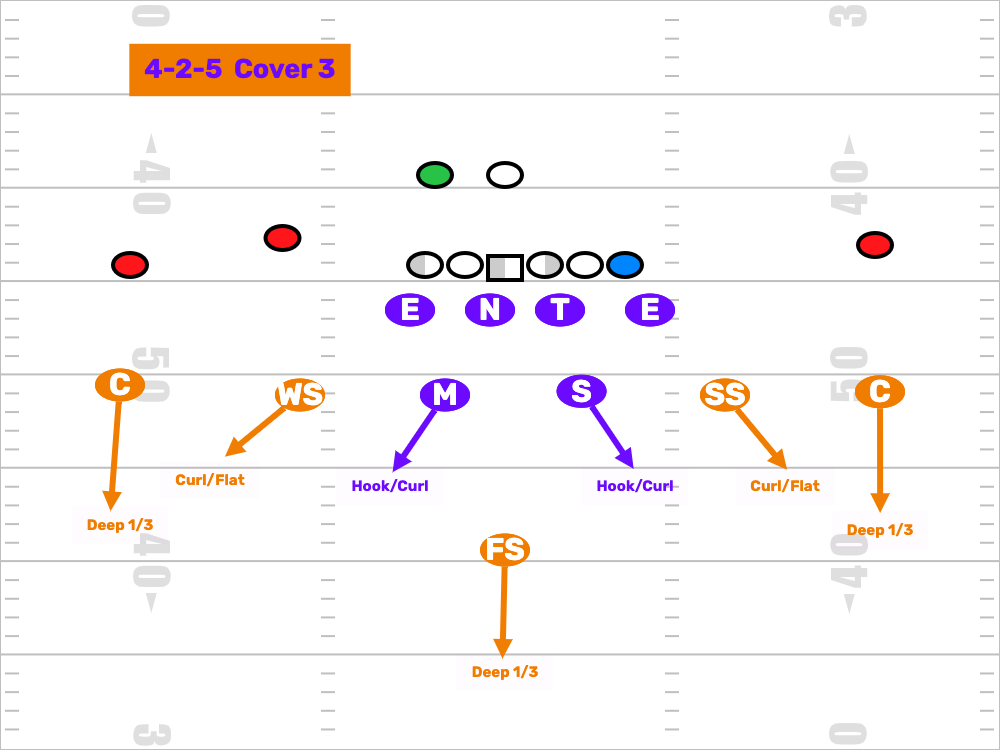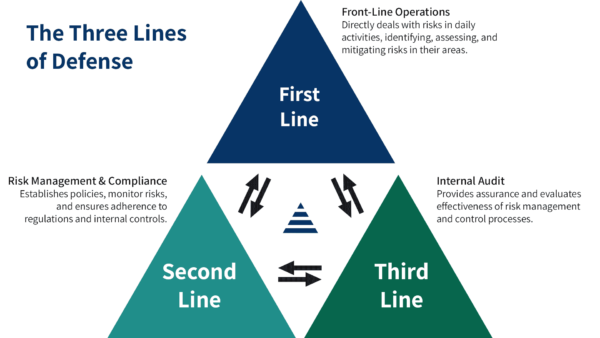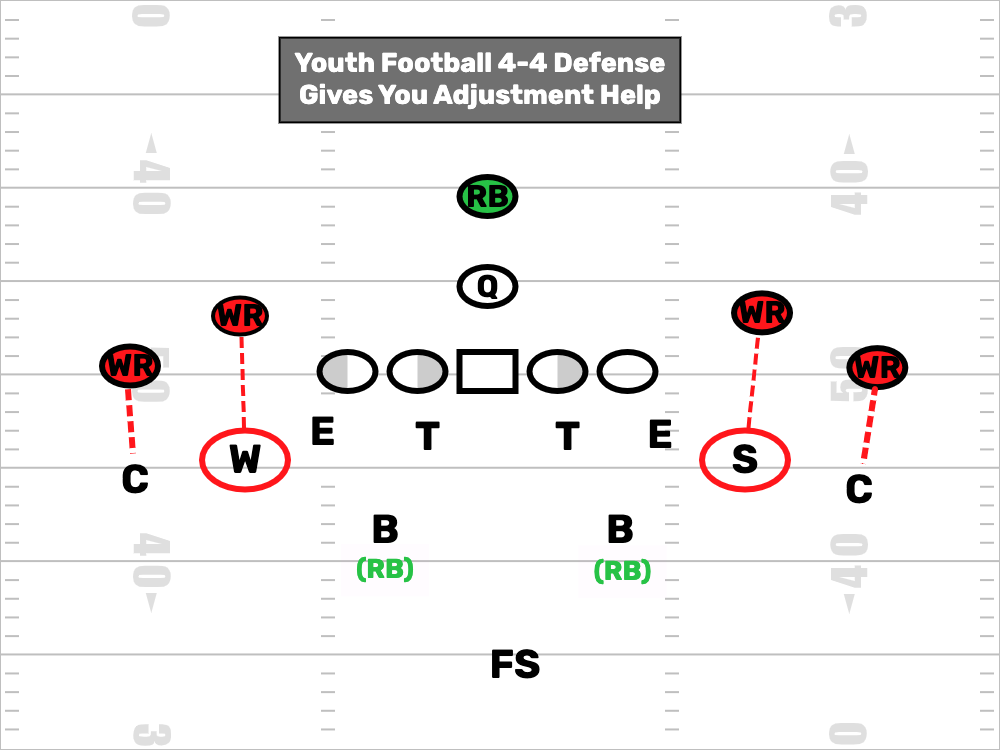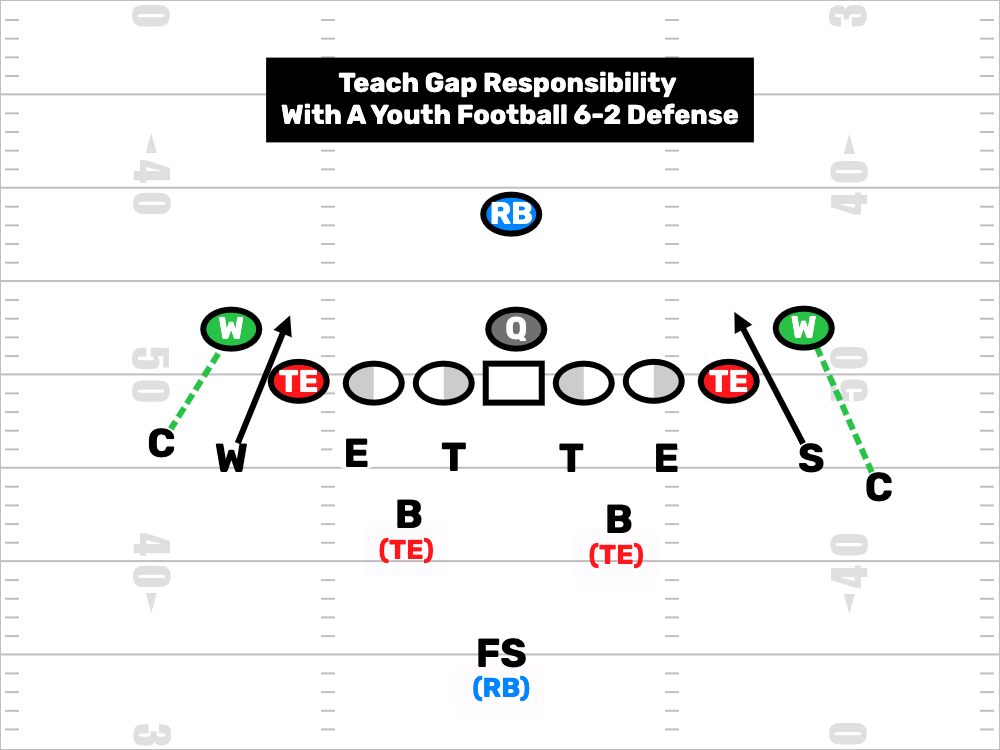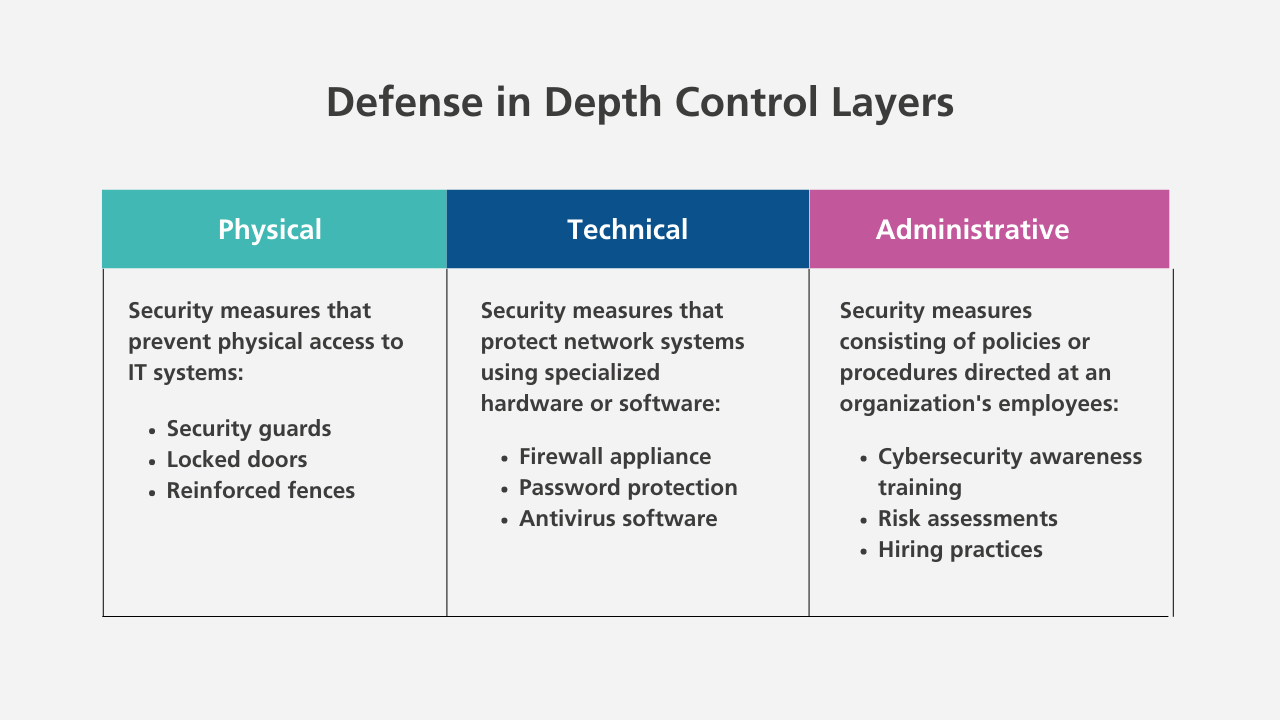Where Can I Buy Type 2 Defense

The relentless march of technology has spawned not only incredible advancements but also novel threats. One such threat, increasingly discussed in cybersecurity circles and impacting both individuals and organizations, is the concept of "Type 2 Defense." But what exactly is it, and more importantly, where can it be acquired? The answer is complex and doesn't involve a simple purchase at your local electronics store.
This article aims to demystify the term "Type 2 Defense," clarify its components, and explore the avenues through which individuals and organizations can enhance their cybersecurity posture against this evolving threat landscape. It will examine the various aspects of building a robust defense, from implementing advanced technologies to fostering a security-conscious culture, drawing upon expert opinions and industry best practices.
Understanding "Type 2 Defense"
The term "Type 2 Defense," while not an officially standardized cybersecurity term, generally refers to a multi-layered and proactive security strategy designed to protect against sophisticated, targeted attacks. These attacks, often perpetrated by advanced persistent threats (APTs) or highly skilled cybercriminals, are characterized by their ability to bypass traditional security measures like firewalls and antivirus software.
In essence, "Type 2 Defense" goes beyond simply reacting to known threats. It emphasizes anticipating potential attacks, understanding attacker behavior, and building resilient systems that can withstand even the most advanced intrusions.
Key Components of a "Type 2 Defense" Strategy
A robust "Type 2 Defense" strategy typically encompasses several key components, working in concert to create a comprehensive security posture.
Threat Intelligence
Understanding the threat landscape is paramount. Threat intelligence involves gathering, analyzing, and disseminating information about potential threats, attacker tactics, and vulnerabilities.
This allows organizations to proactively identify and mitigate risks before they materialize.
Advanced Threat Detection
Traditional security tools are often insufficient against sophisticated attacks. Advanced threat detection technologies, such as intrusion detection and prevention systems (IDPS), security information and event management (SIEM) systems, and endpoint detection and response (EDR) solutions, are crucial.
These tools employ behavioral analysis, machine learning, and other advanced techniques to identify anomalous activity and potential intrusions.
Incident Response
Even with the best defenses, breaches can still occur. A well-defined incident response plan is essential for containing the damage, restoring systems, and preventing future incidents.
This plan should outline clear roles and responsibilities, communication protocols, and procedures for handling various types of security incidents.
Security Awareness Training
Human error is often a significant factor in security breaches. Implementing a comprehensive security awareness training program for employees is crucial.
This training should educate employees about phishing attacks, social engineering, malware, and other security threats, empowering them to recognize and avoid risky behavior.
Vulnerability Management
Regularly scanning for and patching vulnerabilities in software and hardware is essential. A robust vulnerability management program helps organizations identify and address weaknesses before they can be exploited by attackers.
"Purchasing" Type 2 Defense: A Multi-Faceted Approach
Acquiring "Type 2 Defense" is not as simple as buying a product off the shelf. It requires a multi-faceted approach involving strategic investments, skilled personnel, and a commitment to continuous improvement.
Leveraging Managed Security Service Providers (MSSPs)
Many organizations, particularly those with limited in-house security expertise, choose to partner with Managed Security Service Providers (MSSPs). MSSPs offer a range of security services, including threat monitoring, incident response, and vulnerability management.
They can provide access to specialized skills and technologies that might otherwise be unavailable.
Investing in Security Technologies
Selecting and deploying the right security technologies is critical. This includes evaluating various options for IDPS, SIEM, EDR, and other security tools, based on specific organizational needs and risk profiles.
Proper configuration and ongoing maintenance are also essential to ensure that these technologies are effective.
Building an In-House Security Team
Organizations with sufficient resources may choose to build an in-house security team. This team should consist of skilled security professionals with expertise in areas such as threat intelligence, incident response, and penetration testing.
Fostering a Security-Conscious Culture
Ultimately, a strong "Type 2 Defense" requires a security-conscious culture throughout the organization. This means making security a priority at all levels and empowering employees to play an active role in protecting sensitive information and systems.
Expert Perspectives
According to cybersecurity expert Bruce Schneier, "Security is a process, not a product." This emphasizes the need for a continuous and adaptive approach to security, rather than relying on a single solution.
The National Institute of Standards and Technology (NIST) provides valuable guidance on building a robust cybersecurity program. NIST's Cybersecurity Framework offers a comprehensive set of best practices for identifying, protecting, detecting, responding to, and recovering from cybersecurity threats.
Looking Ahead
The threat landscape is constantly evolving, requiring organizations to continuously adapt their security strategies. Emerging technologies such as artificial intelligence (AI) and machine learning (ML) are both potential threats and valuable tools for enhancing "Type 2 Defense."
Staying informed about the latest threats and technologies, and investing in ongoing training and development for security personnel, will be crucial for maintaining a strong security posture in the years to come.
In conclusion, "Type 2 Defense" is not a single product but a comprehensive strategy. It’s a continuous process of assessing risks, implementing appropriate security controls, and fostering a security-conscious culture. By embracing this holistic approach, organizations and individuals can better protect themselves against the increasingly sophisticated cyber threats of today and tomorrow.

:no_upscale()/cdn.vox-cdn.com/uploads/chorus_asset/file/24676579/Screenshot_2023_05_23_at_11.00.49_AM.png)


